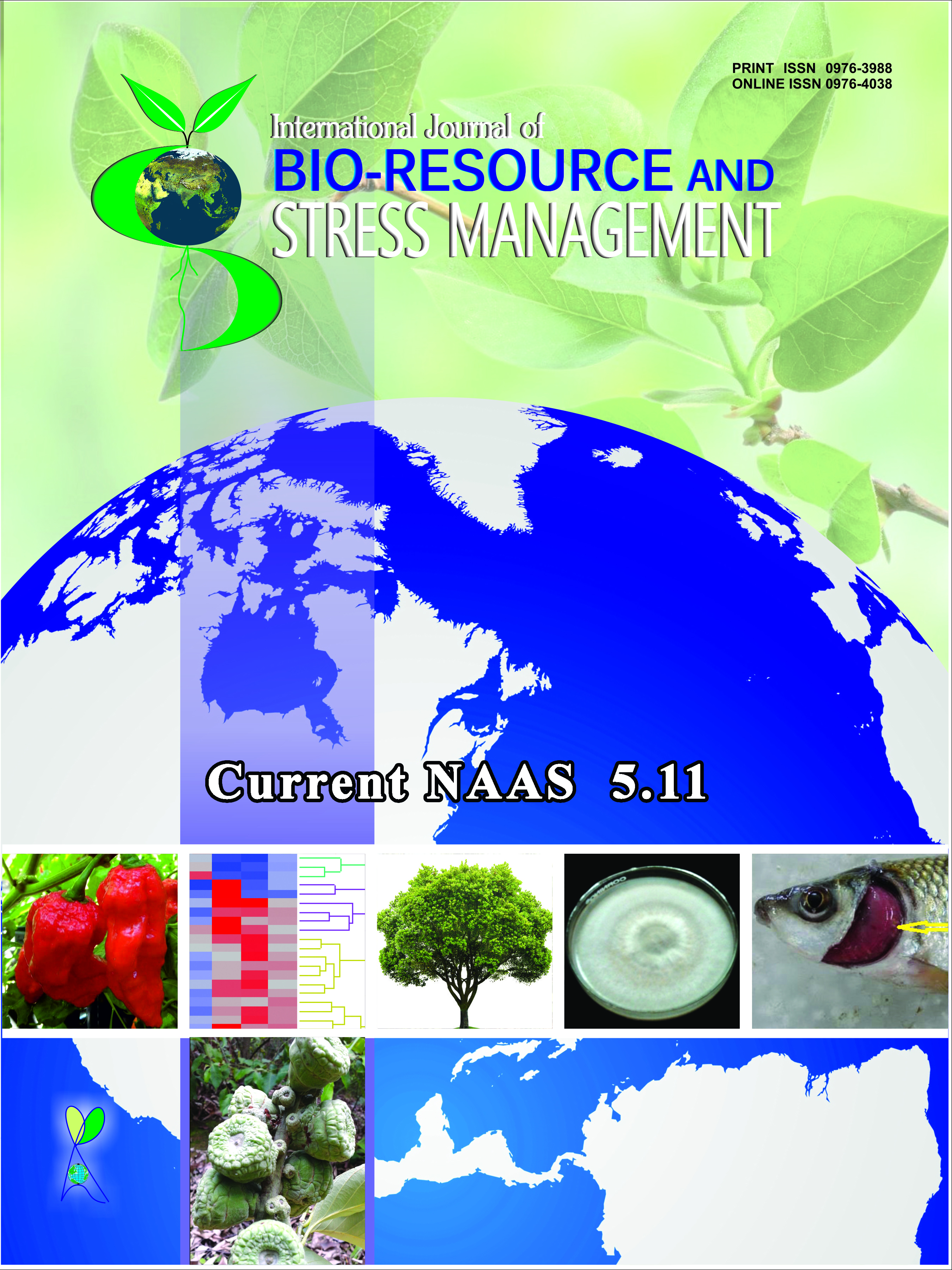Effect of Different Level of Stocking Density on Feed and Water Intake of Broiler Chicken
Keywords:
Broiler, stocking density, feed intake, water intakeAbstract
An experiment was conducted on the performance of commercial broiler chicken under different cage densities. Ninety six 21 days old broiler chickens (uniform weight) were randomly divided into four experimental groups, comprising of three replicates. Each replicate was consisted of eight birds. The birds were kept under four different cage densities, viz. control group (T1) having cage floor area about 11 birds m-2; T2 having cage floor area about 14.3 birds m-2; T3 having cage floor area about 18 birds m-2; and T4 having cage floor area about 21.5 birds m-2. Common basal diets and same feeding and watering space bird-1 were provided for each group. Considering the overall mean value of daily feed intake it was observed that the highest feed consumption was found in T1 group followed by T2, T3 and T4, respectively and in case of daily water intake it was observed that the birds kept with higher density (21.5 birds m-2) consumed highest amount water followed by 18, 14.3 and 11 birds m-2. It can be concluded that the daily feed intake was decreased and daily water intake was increased with increased stocking density.
Downloads
Downloads
Published
How to Cite
Issue
Section
License
Authors retain copyright. Articles published are made available as open access articles, distributed under the terms of the Creative Commons Attribution-NonCommercial-ShareAlike 4.0 International License, which permits unrestricted non-commercial use, distribution, and reproduction in any medium, provided the original author and source are credited. 
This journal permits and encourages authors to share their submitted versions (preprints), accepted versions (postprints) and/or published versions (publisher versions) freely under the CC BY-NC-SA 4.0 license while providing bibliographic details that credit, if applicable.





